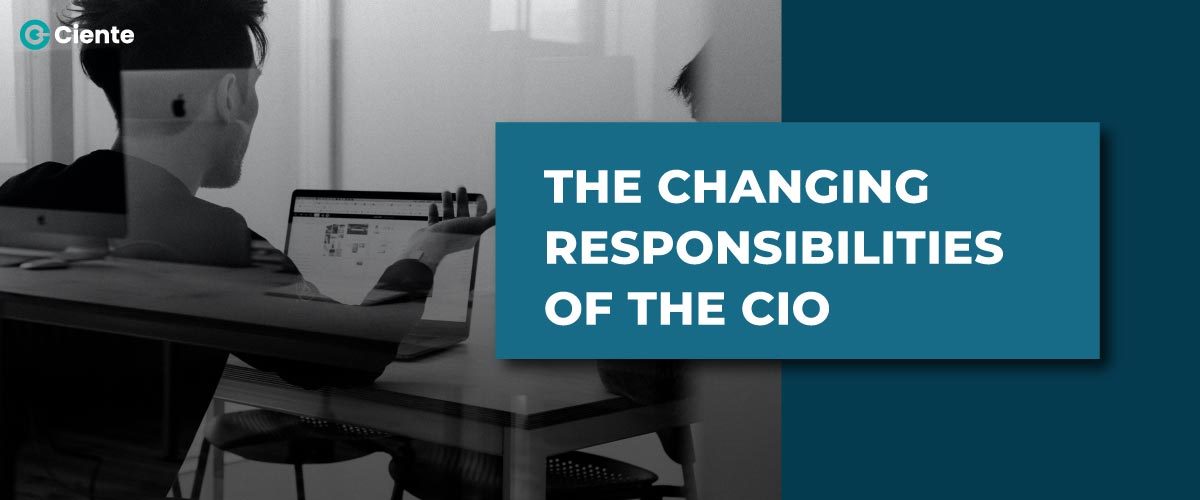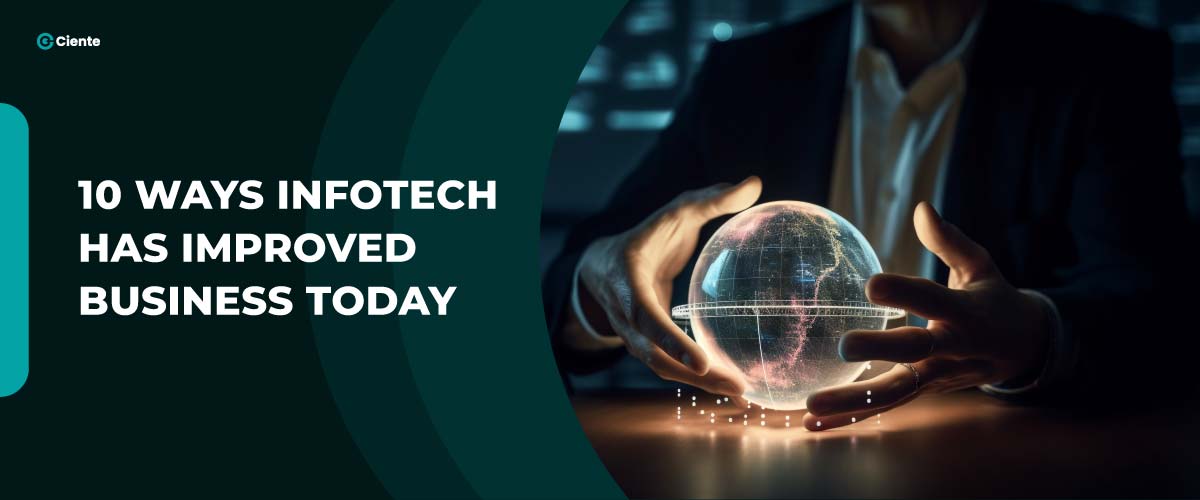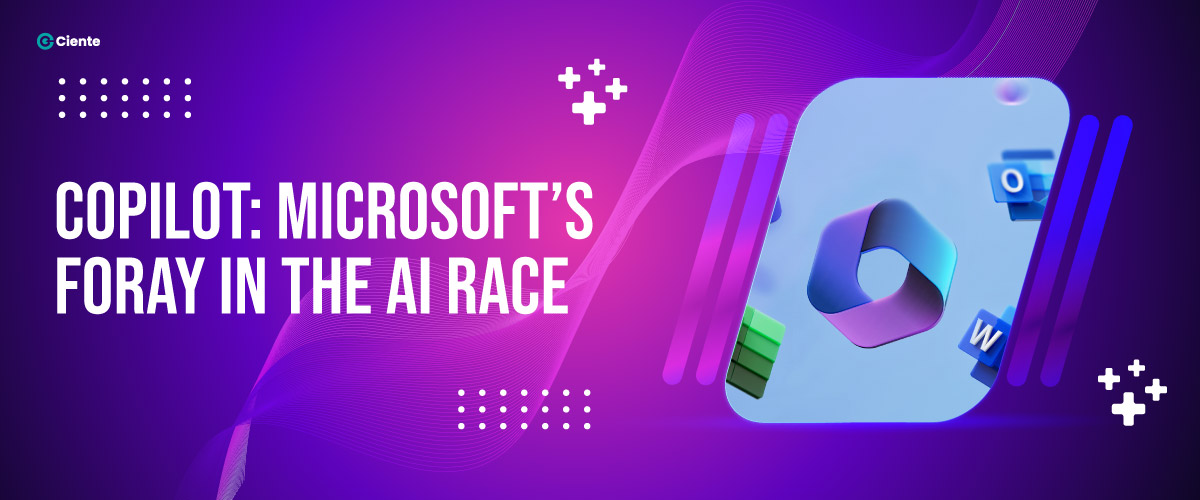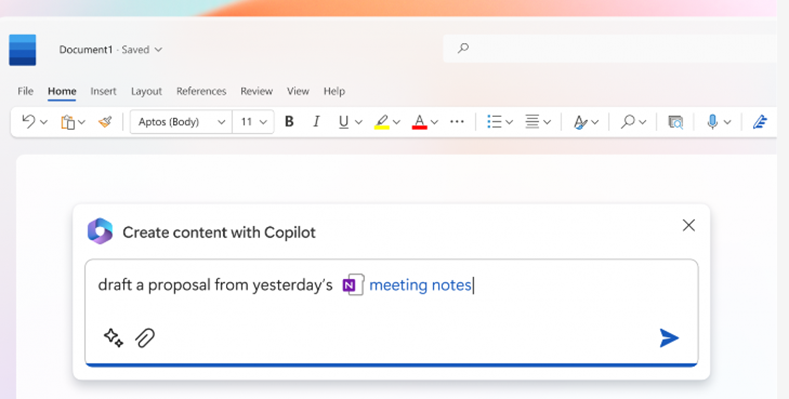The Changing Responsibilities Of The CIO: Avoiding Common Pitfalls
A tighter economy means the enterprise needs to realize benefits even faster. Will the enterprise’s digital initiatives support the kind of tech impact CIOs want?
Organizations are eager to embrace technological advancements swiftly but encounter a formidable challenge: the increasingly arduous task of acquiring the essential talent to drive this transformation. In the current fervent job market, securing professionals for key tech-centric positions, ranging from visionary Chief Information Officers (CIOs) to proficient developers, has become an uphill battle.
Digital initiatives frequently need more time to avoid delays, primarily due to human and organizational factors, including siloed behaviors, talent deficiencies, resistance to change, and conflicting priorities. To overcome these challenges, current technology leaders must keenly tune in to the signals conveying the preferences and apprehensions of top-level executives. Subsequently, they should proactively identify a business partner who shares their dedication to an initiative aligned with the organization’s highest priorities. This collaborative approach ensures smoother execution and greater success in achieving strategic objectives.
Introduction
Conversations regarding digital transformation currently revolve around five critical areas. In this blog, we organize these topics into actionable steps that CIOs emphasize as immediate and essential for the present and near future. These steps lay the foundation for the broader, strategic moves shaping their approach. As you peer into the end of your organization’s digital journey, use these insights as litmus tests for your strategy, helping you pinpoint areas that may require closer tactical examination.
In this blog post, we have highlighted five critical areas that are taking center stage to streamline the most pressing, real-world actions that CIOs emphasize as vital both in the present and in the near future. These immediate steps lay the groundwork before delving into the broader, strategic maneuvers that mold their approach. As you peer into the horizon of your tech strategy, consider using these insights as litmus tests to gauge your approach and pinpoint aspects that warrant more tactical attention.
Pitfall 1: Communicating Your Personal Brand
Every transition to a fresh organization presents a unique opportunity to showcase your identity and mold new perspectives of who you are and the value you bring. Over time, these perceptions amalgamate to form your personal brand. Interestingly, many of the choices a CIO makes during those early days in a new role are the defining moments that shape this personal brand, whether by design or accident.
Therefore, it’s imperative to be acutely aware and purposeful in crafting your desired personal brand. Consider whether your explicit or implicit communications align with or undermine the image you wish to project. In essence, your brand should be a deliberate and consistent reflection of your identity, values, and the value you bring to your organization.
Recommendations to Avoid this Pitfall
Understand Top Management Expectations
To dodge this pitfall of misinterpreting your organizational priorities, start by deeply comprehending what your top management anticipates from the CIO role. This expectation changes widely, from pushing business transformation to managing costs. You can customize your strategy to align with the business’s overarching objectives and goals by assessing where the priority lies.
Craft Your Leadership Brand Statement
Your personal brand as a CIO is pivotal in shaping your success. Create a clear and straightforward leadership brand statement that defines what you want to be known for and what you aim to deliver. For example, it could be something like, “I desire to be recognized as an innovator (x) so that I can drive transformative change (y).” This statement will guide your actions and decisions, ensuring they align with your intended brand.
Identify and Reinforce Desired Behaviors
To avoid projecting an unintended personal brand, create a list of behaviors reinforcing your desired image. Think about the specific situations where these behaviors are most impactful and make a conscious effort to practice them consistently. Simultaneously, identify behaviors associated with your old brand or your previous role. Recognize where stakeholders might still associate you with these old behaviors and actively avoid replicating them.
Pitfall 2: Assessing IT Perception Too Quickly
Almost every organization has a certain level of discontent regarding IT services. The heavy reliance on technology often frustrates stakeholders if their needs aren’t met promptly. Moreover, the arrival of a new leader tends to amplify these grievances, as people seize the opportunity to voice their concerns in the hopes of addressing their issues. This natural tendency to focus on the negatives can cloud the true perception of IT within the organization.
The pitfall here arises when a new CIO rushes to gauge these perceptions too hastily, relying solely on initial feedback during the early days of their tenure. Assessing the true state of IT perception within the organization requires a more nuanced approach that allows for a deeper exploration of the prevailing sentiments and whether they align with reality. Only then can the CIO accurately determine which issues demand attention.
Addressing the Pitfall:
Here are some recommended measures to avoid falling into this pitfall and to establish a clearer understanding of the organization’s IT landscape:
Dive into the Current IT Operating Model
Begin by immersing yourself in the organization’s existing IT operating model. Spend quality time with your direct reports and team members to comprehend how IT currently operates. Evaluate whether it aligns with and supports the enterprise’s business model and strategic objectives. This basic learning is necessary before making any significant assessments or changes.
Recognize Talent and Operational Gaps
Engage in open discussions with your direct reports and team members to identify gaps in talent, operating methods, and tools. Understand the nature of these gaps, whether they relate to skills, motivation, or workload capacity. Identifying these areas of improvement is essential for setting the stage for effective changes and enhancements.
Listen to Stakeholder Feedback
To gain a comprehensive view of IT effectiveness and contribution, seek feedback from a diverse set of stakeholders, including members of the C-suite. Understand the organization’s mission-critical priorities and the role that IT plays in achieving them. Compare the feedback received with your findings from the previous two steps. If necessary, create a plan to address the root causes of any discrepancies, aligning IT more closely with the organization’s objectives.
Pitfall 3: Avoiding Unfavorable Comparisons
Among the pitfalls new CIOs should avoid, one of the simplest yet potentially damaging is the inclination to let their ego overshadow their effectiveness. This often manifests as self-aggrandizement, where they boast about their achievements in previous roles or organizations. Such comparisons can inadvertently lead to explicit criticism of the current situation they have inherited, a move that can be particularly offensive if their prior experience was in a different country or culture.
During leadership transitions, you are constantly in the spotlight. Whether intentional or unintentional, every word, action, or comment will be observed, shared, discussed, and dissected. Moreover, in these early days, you may not be familiar with who was responsible for the aspects you criticize, nor their network of friends, allies, and agendas. Your new staff may form hasty opinions about you, and observers may develop a negative perception that can be challenging to reset.
Addressing the Pitfall:
Here are practical measures to avoid falling into the pitfall of making unfavorable comparisons and ensure a smoother transition into your new role:
Steer Clear of Self-Indulgence
Resist the urge to indulge in frequent boasting about your past accomplishments or how your previous organization did things better, even if it’s true. Instead of telling people how you did something, focus on understanding how and why things are done in your new environment. Adopt a listening-first approach, asking questions and learning from your colleagues and team members.
Prioritize Relationship Building
As your first order of business, establish connections with your direct reports. Recognize that forming, norming, storming, and performing are phases your inherited team will go through. Foster close relationships with them and get to know them personally. Your team members should become staunch allies and the vehicles for realizing your vision and objectives. In turn, they will rely on you as their advocate and coach.
Empathize and Reflect
Put yourself in the shoes of your predecessor and imagine how you would like people to speak of you when you’ve moved on and your replacement is navigating the role you once held. This cycle is likely happening in your previous position concurrently and will recur in future parts. Empathizing with your predecessor’s journey can help you appreciate the importance of leaving a positive legacy and how your words and actions can impact your reputation.
Pitfall 4: Grasping the Organization’s True Priorities
Navigating the intricate landscape of an organization can be akin to exploring a complex maze. Priorities may not always be apparent and lurk beneath the surface, waiting to be unveiled. Organizations frequently grapple with conflicting priorities, where different divisions advocate for their needs, making it challenging to discern the genuine “top” priorities demanding immediate attention.
CIOs who hastily assume they know the organization’s priorities risk stumbling into a common pitfall. They might set a course based on these assumptions, only to discover later that their chosen direction needs to be corrected or revised. Before embarking on significant, high-visibility initiatives, investing time in comprehending the organization’s true priorities is paramount. An initial misjudgment can prove costlier and more conspicuous than similar errors made later in their tenure, potentially tarnishing their nascent reputation and impeding their effectiveness.
Addressing the Pitfall:
To evade this pitfall and make informed decisions aligned with the organization’s priorities, consider the following measures:
Pause and Reflect to Gain Time
Even if pressure mounts for immediate action, resist the urge to make decisions hastily. Instead, maintain the status quo temporarily, allowing yourself a window to listen, learn, and enrich your insights. Use this time to explore various scenarios and alternatives before taking significant, highly visible actions. Strive to strike a balance among the inevitable urgent demands you’ll encounter.
Secure Executive Sponsorship
Gaining executive sponsorship for your decisions and priorities is crucial, especially during the transition period. Seek buy-in from key stakeholders who can champion your initiatives. This support can differ between a smooth journey and a bumpy, short-lived one.
Practice Empathetic Inquiry
When confronted with urgent matters, engage in careful inquiry and active listening. Show empathy by acknowledging the urgency and expressing your understanding. For instance, you can say, “I understand why this is so urgent for you.” Follow up with, “I’m committed to conducting thorough research, but as I’m new here, I’ll need some time to get up to speed.” If you feel compelled to take action, present a well-considered analysis with alternative solutions, demonstrating diligence and care in the face of pressure.
Pitfall 5: Grasping Business Capabilities Effectively
In the dynamic landscape of a new role as a CIO, it’s not uncommon to fall into the trap of prematurely making assumptions about an organization’s capabilities and capacity. Past experiences may inadvertently tint your perspective, leading to confirmation bias, where you see what you expect rather than what’s genuinely present.
The wise approach to sidestep this pitfall involves investing more time in gathering concrete evidence of the existing capabilities and capacity within the organization before succumbing to the temptation of making quick commitments that may not align with reality. A deep understanding of these elements can ensure that your early endeavors are executed smoothly and deliver tangible value.
Addressing the Pitfall:
Here are actionable measures to help CIOs avoid the pitfall of misjudging organizational capabilities and capacity:
Align Initiatives with Capabilities and Capacity
Determine how the organization’s current initiatives must be adapted to meet future objectives. Collaborate with stakeholders within and outside your department or division to ensure the organization’s capabilities and capacity align with these goals. Assess whether the organization has a capacity deficit that can be addressed through external resources or alternative strategies. Consider factors such as your current budget, company performance, and organizational priorities. These aspects can serve as additional checks to validate your assumptions before proceeding.
Understand Business Capabilities
Take the time to comprehend the business capabilities necessary to deliver the existing business model and anticipate future needs. Ensure that the strategic plan for IT is intricately connected to the broader business strategic plan. This alignment guarantees that your IT initiatives directly support and enhance the organization’s objectives.
Leverage Experience and Expertise
Draw upon your accumulated experience and training as a CIO to confidently navigate the path forward. Your background equips you with valuable insights and problem-solving skills that can guide your decision-making and help you avoid costly missteps.
The Final Wrap
The ever-evolving role of a CIO needs constant transformation and adaptation to new strategies and tactics that are derived from experience and career transitions. These become the most invaluable tools for any organization, which can be your shield and sword when undergoing a critical failure.
These measures help prevent or overcome while strengthening your organizational core. Mitigating situational risks is grounded in something other than technical expertise but rather arises from your mastery of crucial skills: listening, empathizing, and envisioning. Honing these skills would help you navigate the complexities swiftly and allow you grace and confidence in the long run.









